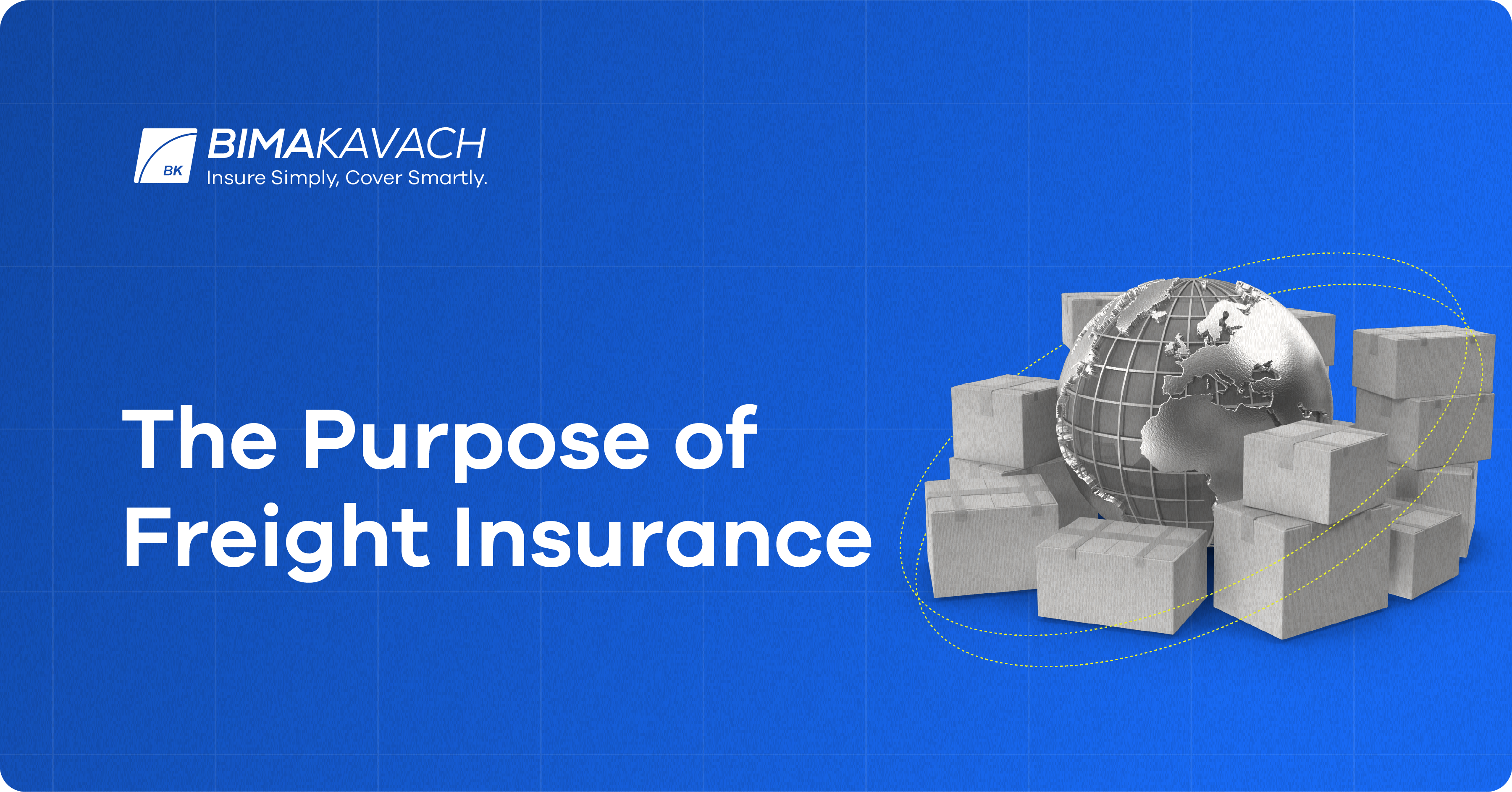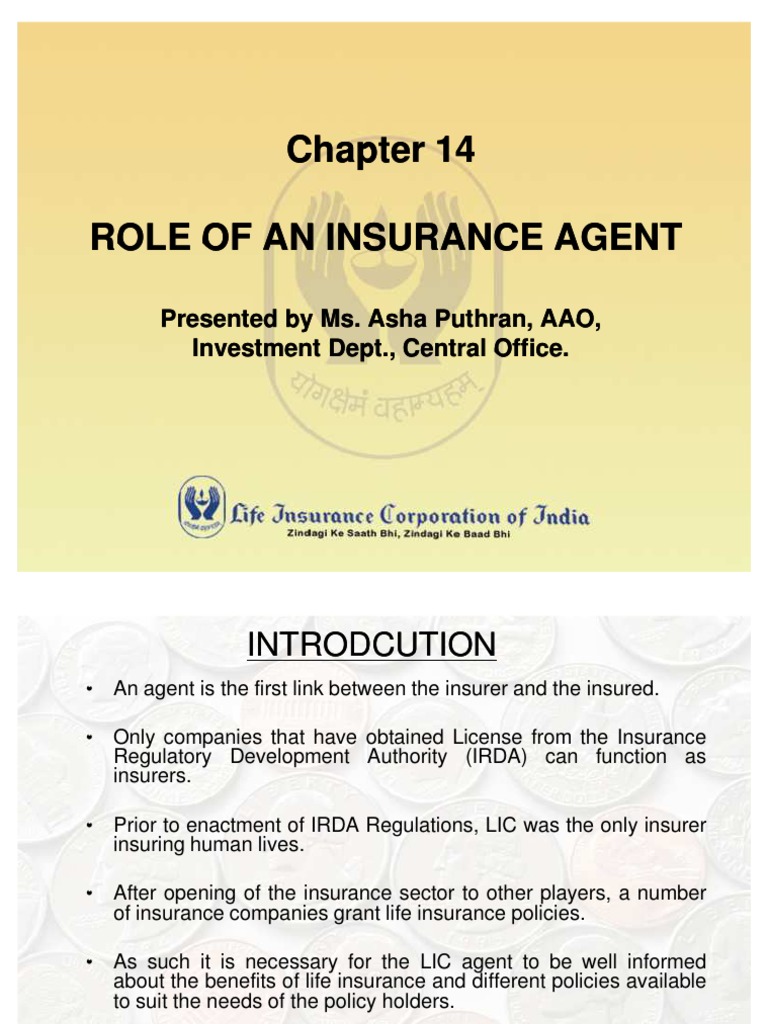Get This Report about Pacific Prime
Get This Report about Pacific Prime
Blog Article
Some Known Facts About Pacific Prime.
Table of ContentsIndicators on Pacific Prime You Need To KnowFacts About Pacific Prime UncoveredNot known Factual Statements About Pacific Prime Pacific Prime - QuestionsThe Buzz on Pacific Prime

This is because the information were collected for a duration of solid economic efficiency. Of the approximated 42 million people that were without insurance, almost about 420,000 (regarding 1 percent) were under 65 years old, the age at which most Americans become eligible for Medicare; 32 million were adults between ages 18 and 65, about 19 percent of all grownups in this age; and 10 million were kids under 18 years of age, about 13.9 percent of all youngsters (Mills, 2000).
These estimates of the number of individuals without insurance are generated from the annual March Supplement to the Present Population Study (CPS), performed by the Census Bureau. Unless otherwise kept in mind, nationwide price quotes of people without medical insurance and proportions of the population with different type of insurance coverage are based on the CPS, the most commonly utilized resource of price quotes of insurance policy coverage and uninsurance rates.
Some Known Incorrect Statements About Pacific Prime

Still, the CPS is particularly beneficial since it creates annual quotes relatively rapidly, reporting the previous year's insurance coverage approximates each September, and due to the fact that it is the basis for a regular collection of quotes for more than 20 years, permitting evaluation of patterns in protection in time. For these reasons, along with the considerable usage of the CPS in other studies of insurance policy protection that exist in this report, we depend on CPS price quotes, with constraints noted.

The price quote of the number of uninsured individuals expands when a populace's insurance coverage status is tracked for numerous years. Over a three-year period beginning early in 1993, 72 million individuals, 29 percent of the U.S. https://slides.com/pacificpr1me. population, lacked insurance coverage for a minimum of one month. Within a single year (1994 ), 53 million individuals experienced at the very least a month without protection (Bennefield, 1998a)
Six out of every ten without insurance adults are themselves employed. Although functioning does boost the likelihood that one and one's member of the family will have insurance policy, it is not an assurance. Also members of family members with 2 permanent wage income earners have almost a one-in-ten opportunity of being uninsured (9.1 percent without insurance rate) (Hoffman and Pohl, 2000).
All About Pacific Prime
New immigrants represent a significant proportion of people without wellness insurance. One analysis has actually connected a significant part of the current development in the size of the U.S. uninsured populace to immigrants that got here in the country between 1994 and 1998 (Camarota and Edwards, 2000). Recent immigrants (those that involved the United States within the past four years) do have a high rate of being uninsured (46 percent), however they and their kids make up just 6 percent of those without insurance country wide (Holahan et al., 2001).
The partnership in between wellness insurance and access to care is well established, as documented later in this chapter. The relationship between health insurance and health end results is neither straight neither straightforward, a considerable professional and wellness solutions research study literature links health insurance policy protection to enhanced access to care, better top quality, and boosted personal and population health standing.
Degrees of evaluation for taking a look at the impacts of uninsurance. This discussion of wellness insurance you can try this out policy coverage focuses mainly on the U.S. populace under age 65 since practically all Americans 65 and older have Medicare or other public coverage. It focuses particularly on those without any health insurance for any type of size of time.
Fascination About Pacific Prime
The troubles faced by the underinsured are in some respects similar to those faced by the uninsured, although they are typically less serious. group insurance plans. Uninsurance and underinsurance, however, involve distinctly various plan concerns, and the methods for resolving them may differ. Throughout this study and the five records to adhere to, the major emphasis is on persons without any health insurance and thus no aid in spending for healthcare beyond what is available through charity and safety and security internet establishments
Medical insurance is an effective aspect impacting receipt of treatment since both clients and physicians react to the out-of-pocket cost of services - https://experiment.com/users/pacificpr1me. Medical insurance, nevertheless, is neither needed neither adequate to access to medical solutions. However, the independent and straight impact of health and wellness insurance coverage on accessibility to wellness solutions is well established.
Others will certainly acquire the healthcare they need also without health and wellness insurance, by spending for it out of pocket or seeking it from service providers that provide treatment totally free or at highly subsidized rates. For still others, medical insurance alone does not guarantee invoice of care due to the fact that of other nonfinancial obstacles, such as a lack of healthcare companies in their area, restricted accessibility to transport, illiteracy, or linguistic and cultural distinctions.
6 Easy Facts About Pacific Prime Explained
Formal research study concerning without insurance populations in the United States dates to the late 1920s and early 1930s when the Committee on the Expense of Healthcare generated a series of reports about financing doctor workplace brows through and hospitalizations. This issue became salient as the numbers of clinically indigent climbed up throughout the Great Anxiety.
Report this page